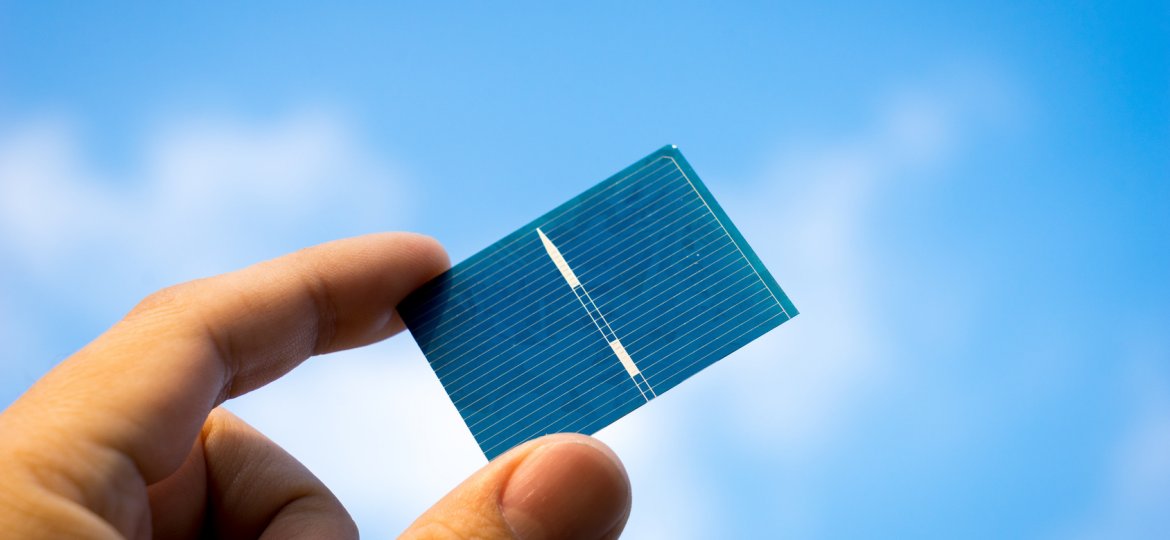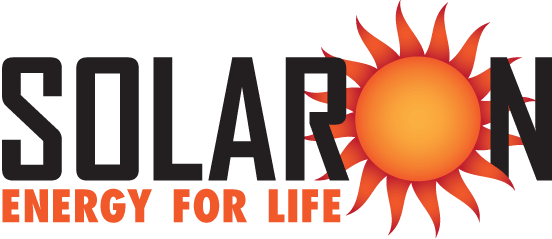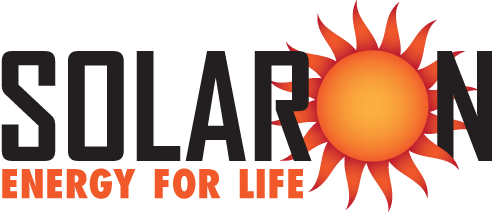
Our website often discusses solar panels and their role in bringing useful solar electricity to Sacramento homes and businesses. We also feature articles and pages on solar cells – the tiny components within solar panels – and how they generate the electricity you need. This article discusses the development of solar cells over the years and explains how they convert sunlight into electricity.
Solar Cell Origins
Less than two centuries ago, in 1839, French physicist Edmond Becquerel placed silver chloride in an acidic solution and connected it to platinum electrodes. When he directed a beam of light onto the experiment, it generated voltage and current. Edmond called it the Becquerel effect. In 1873, Willoughby Smith discovered that the element selenium also produced electricity when exposed to sunlight. Professor William Adams and Richard Day verified this discovery, calling it the photoelectric effect. Charles Edgar Fritts took this experiment further in 1883. He placed selenium between sheets of gold leaf on one side and metallic brass substrate on the other. He housed the items in a glass box and then illuminated the box. Electrons moved through the selenium, producing a current strong enough to be sent out through a wire at the end of the box. Unfortunately, this crude version of a solar cell still wasn’t powerful enough to be a practical option for generating electricity. After another 70 years of research and development, Bell Labs produced the first commercially viable solar cell.
The Modern Solar Cell
Today, the process of using sunlight and other materials to generate electricity is still called the photovoltaic effect, or photovoltaics. Modern techniques and materials improve the process of converting sunlight into electricity. For instance, solar cells now include an anti-reflective coating, so the cell absorbs as much sunlight as possible. Silicon-based semiconductor material also increase production. Further research hopes to introduce even more flexible panels, microscopic angles within the cells to capture more sunlight at extended times of day, and even “wearable” solar cells to charge electronic devices.
Solar cell efficiency increases as research and development continues. (Solar cell efficiency is the percentage of available light that is converted into usable electricity.) The solar cell made by Charles Fritts had only a 1% efficiency rate. According to IGS Energy, the average efficiency rating for panels on the market today is 15-18%. In contrast, Maxeon panels from SunPower have an average of 20.4% efficiency, with the higher quality models producing over 22%.
Due to the improvements and innovative designs of the solar cell, you can generate enough solar electricity in Sacramento to power your appliances, your electronic devices, and even your electric vehicle. You can even store unused energy with SunPower’s SunVault system, to keep you safe and supplied in case of an unexpected blackout or utility rationing. In fact, there are many benefits to installing a photovoltaic system. To learn more about solar cells and how they improve your home or business, call Solaron at (916) 631-9293 in Sacramento or (408) 292-4328 in the Bay Area, or schedule a free solar analysis here on our website.

